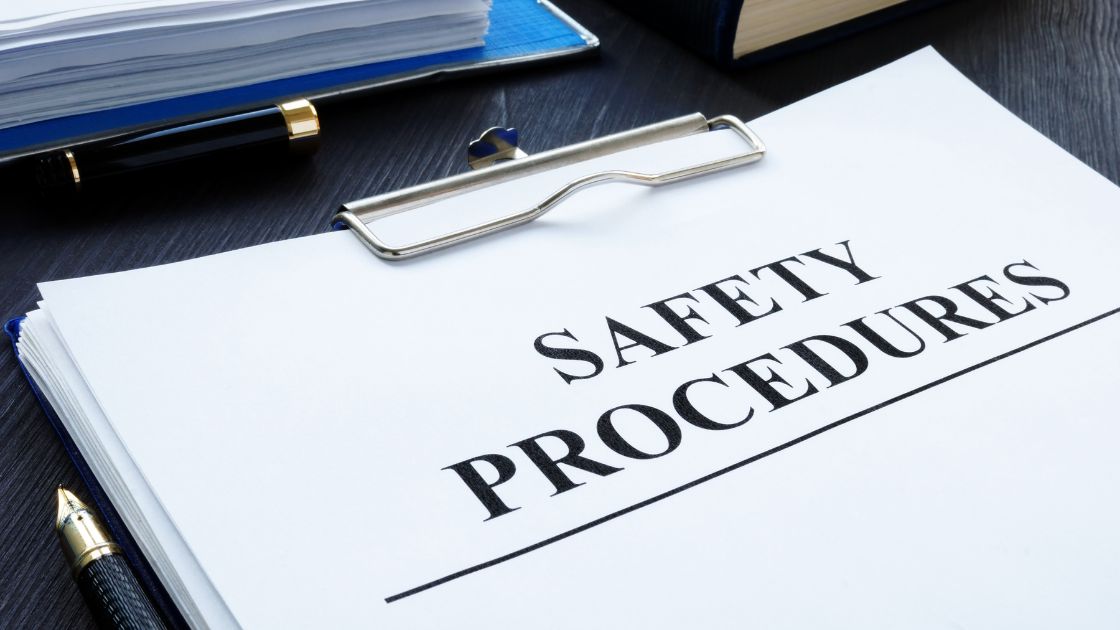In June 2018, an armed man entered the newsroom of the Capital Gazette in Annapolis, Maryland and opened fire, killing five journalists and injuring two. In another incident in 2019, a 45-year-old employee at a valve manufacturer in Aurora, Illinois opened fire with a handgun after being called into his employer’s human resources department. He killed five employees and wounded five police officers. Sadly, situations like these have become all too common.
According to a 2019 Bureau of Labor Statistics AFL-CIO report, workplace violence is now the third-leading cause of workplace fatalities, responsible for 807 deaths and more than 29,000 lost-time injuries.
What constitutes workplace violence, what forms can it take and how can it materially impact your business?
Defining workplace violence
The Occupational Safety and Health Administration (OSHA) defines workplace violence as any act or threat of physical violence, harassment, intimidation or disruptive behavior that occurs at the worksite. It can take many forms, including an active shooter incident, bullying, harassing behavior, stalking, arson, criminal or gang violence, explosives, cyberattacks and terrorism.
Aside from personal trauma, it can have far-reaching costs and consequences for your business. These include:
- Government agency citations
- Lawsuits
- Insurability issues
- Loss of consumer confidence
- Increased health care costs
- Negative publicity
 Understanding the types of workplace violence
Understanding the types of workplace violence
OSHA and the FBI have defined four types of workplace violence.
Type 1 – Criminal Intent: Involves violent acts committed by criminals who have no legitimate relationship to your business or your employees. More likely to occur in occupations where employees serve alcohol, work alone or in small groups, guard valuable property, work in isolated places or high-crime areas, work during late-night or early morning hours or exchange money with the public.
Type 2 – Customer/Client (also known as Client on Worker violence): Involves assaults on employees by a customer, client, patient or anyone receiving a service from the business. Certain industries, such as law enforcement, security operations and mental health providers, have an inherently increased risk of conflict with potentially violent individuals.
Type 3 – Worker on Worker: Involves violence perpetrated by employees or former employees and may be directed toward other employees, supervisors, managers, contractors, suppliers and even bystanders. This includes bullying and verbal abuse that is unwarranted, offensive, vindictive and/or humiliating.
Type 4 – Personal Relationships: Involves violence committed by a third-party who knows or has a personal relationship with an employee. This is often related to domestic abuse and stalking. The FBI reports that when violence comes from someone with a pre-existing relationship to the employee, there is a greater likelihood the employer will have previously observed disturbing behavior and potential warning signs.
Staying alert
Most of the time, the threat comes from the outside, but not always. You should be mindful of employees’ behavior. Here is a list of warning signs, according to the Federal Emergency Management Agency (FEMA):
- Verbal threats to other employees
- A vindictive nature
- A fascination with violence or weapons
- Domestic violence from home spilling over into the workplace
- Displays of paranoia
- Empathy with individuals who commit violence
- Explosive outbursts of anger
- Substance abuse
 Devising your emergency preparedness plan
Devising your emergency preparedness plan
Begin devising your defense plan by following the guidelines of U.S. Presidential Policy Directive 8.
1. Prevention. Effectively preventing workplace violence begins with cross-functional, team-based operational planning. Here are the key action items you should take into consideration:
- Understand, assess and prioritize threats and hazards.
- Determine your goals and objectives, namely the types of threats to be addressed in your plan.
- Develop a plan that identifies various courses of action to meet and respond to these threats.
- Implement and maintain your plan.
2. Protection. Focus on your actions to protect your employees from threats, both internally and externally. Internally, you might implement stricter applicant screening, closely monitored hiring measures and a review of staffing levels to prevent crowded facilities and long waiting periods.
External protective measures could include implementing security systems and measures to restrict outsider access, such as ID badges and electronic key cards. Other external protective measures may include:
- External lighting
- Video surveillance
- Outside security guards
- Metal detectors
- X-ray machines
- Turnstiles
- Bag search stations
- Bulletproof glass
3. Mitigation. You should implement mandatory training programs that practice active shooter scenarios, conflict de-escalation and best practices for handling disgruntled employees. You also might want to consider mitigation measures such as educational opportunities with local law enforcement agencies.
4. Response and Recovery. Establish a safe and secure environment, meet basic human needs after an incident has occurred, and restore normal operations. That could include establishing protocols and policies for communicating with victims and their families about health resources, leave options, and alternative work schedules or facilities.
Workplace violence is never a situation you want to experience, yet you need to assess the risk and establish an effective emergency plan. Discuss ways you can protect your business against violence with your insurance professional today. You can call us at (732) 566-0003.
This content is for informational purposes only and not for the purpose of providing professional, financial, medical or legal advice. You should contact your licensed professional to obtain advice with respect to any particular issue or problem.
Copyright © 2020 Applied Systems, Inc. All rights reserved.
Share this Post
